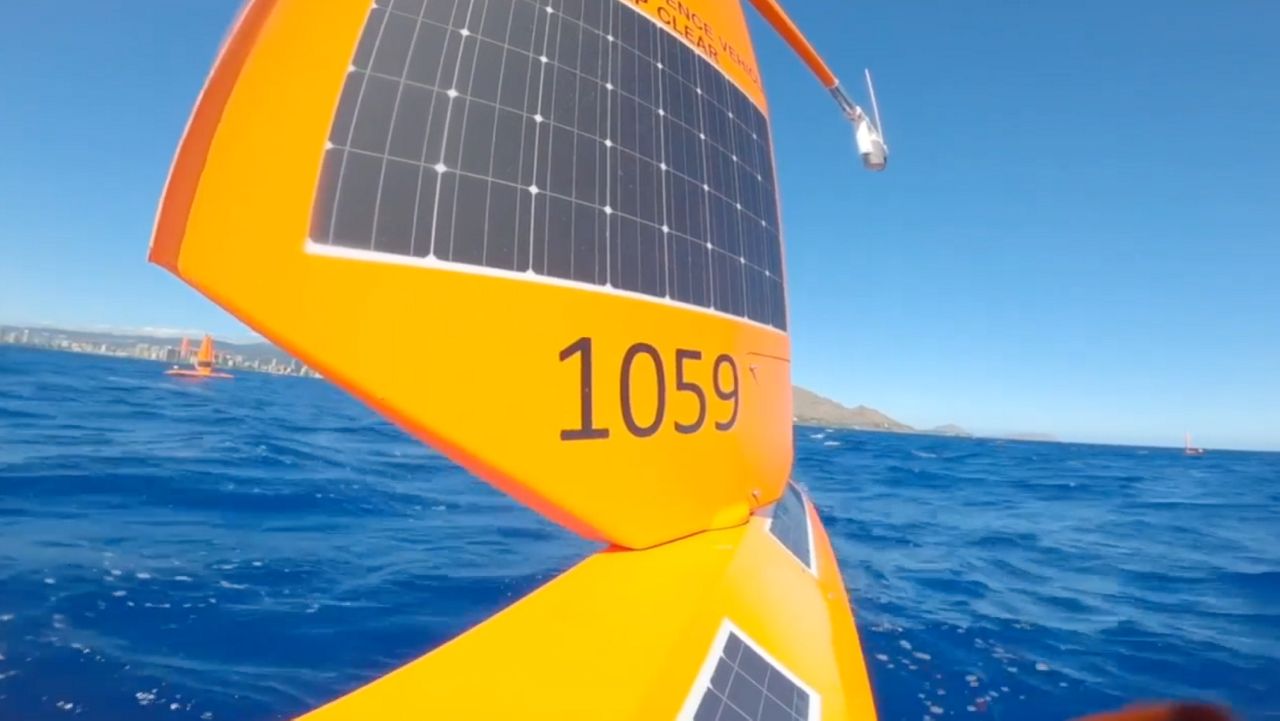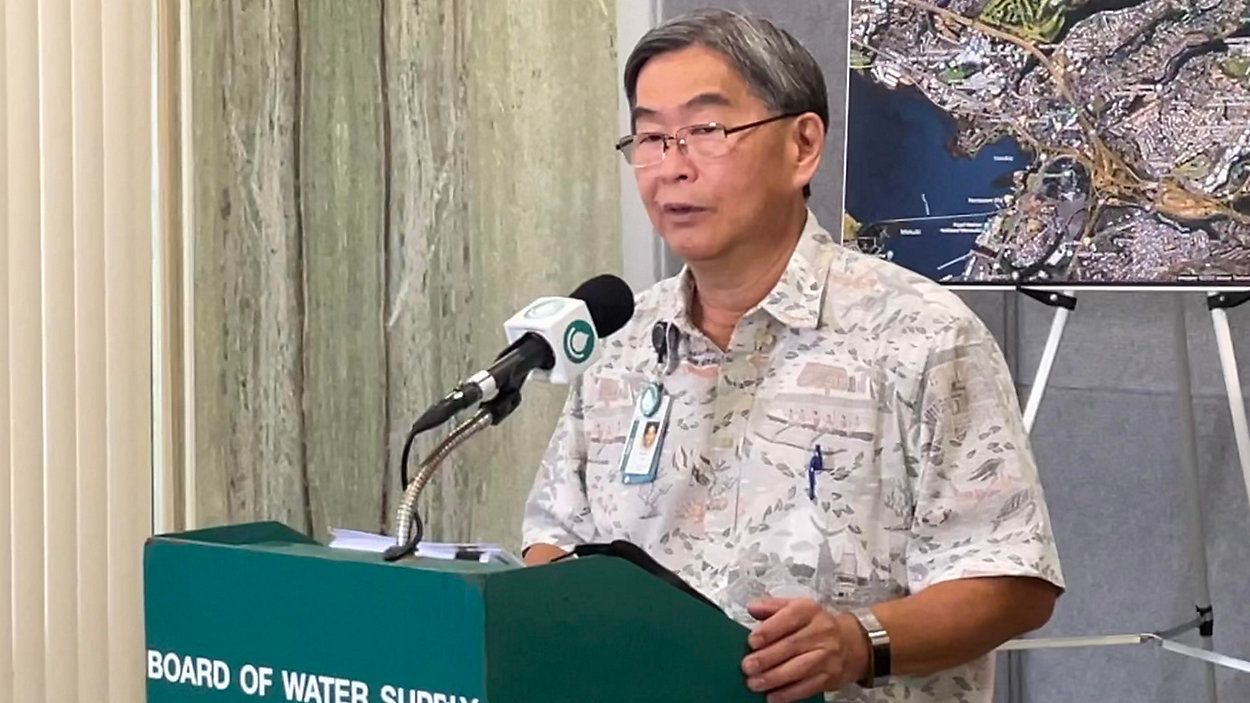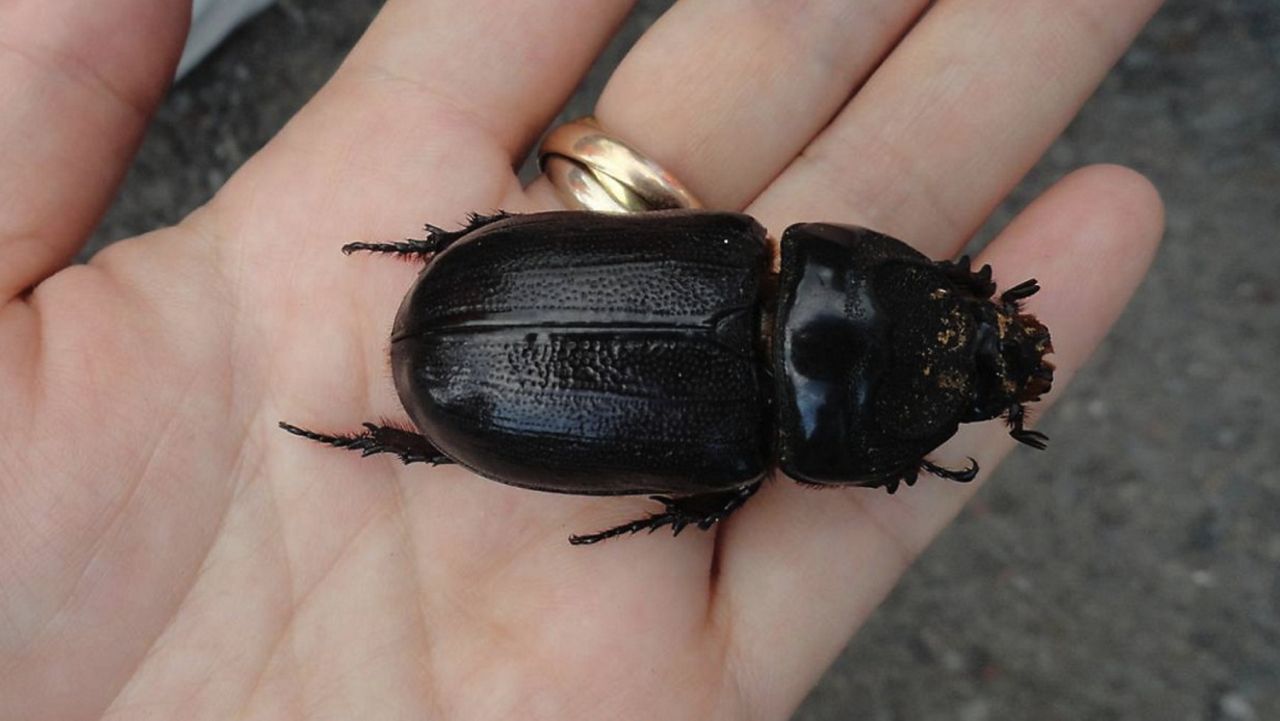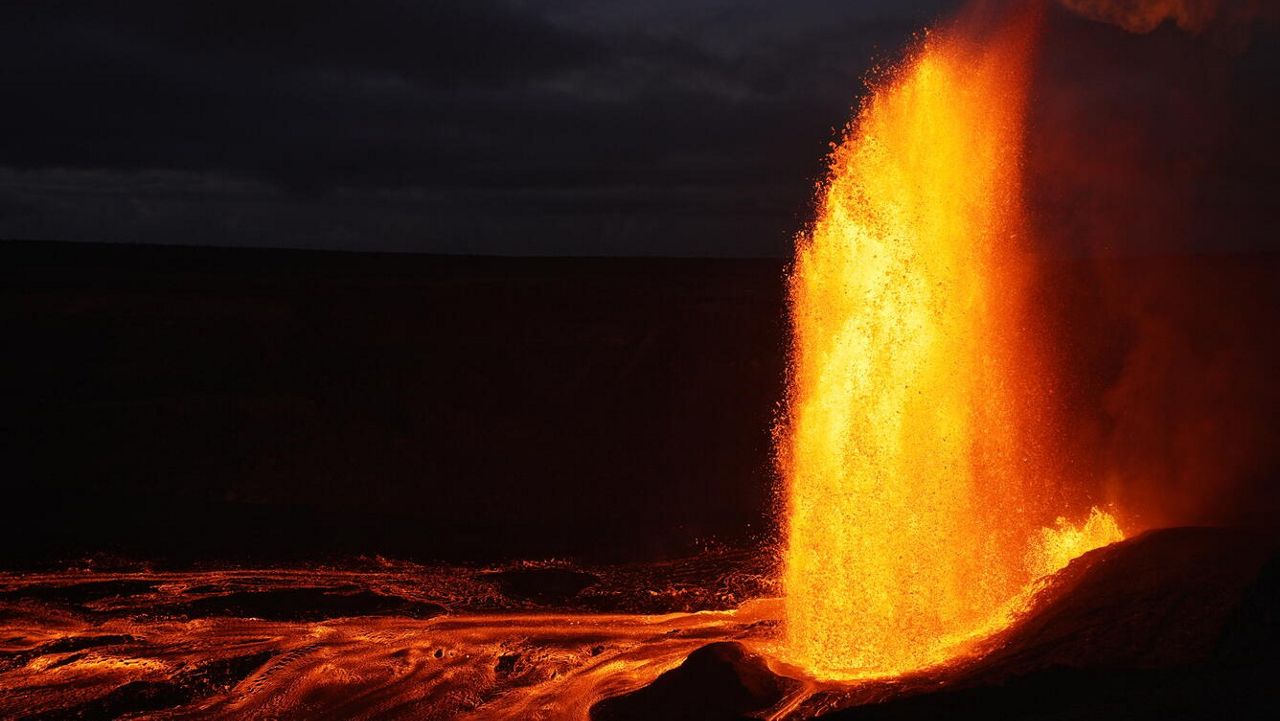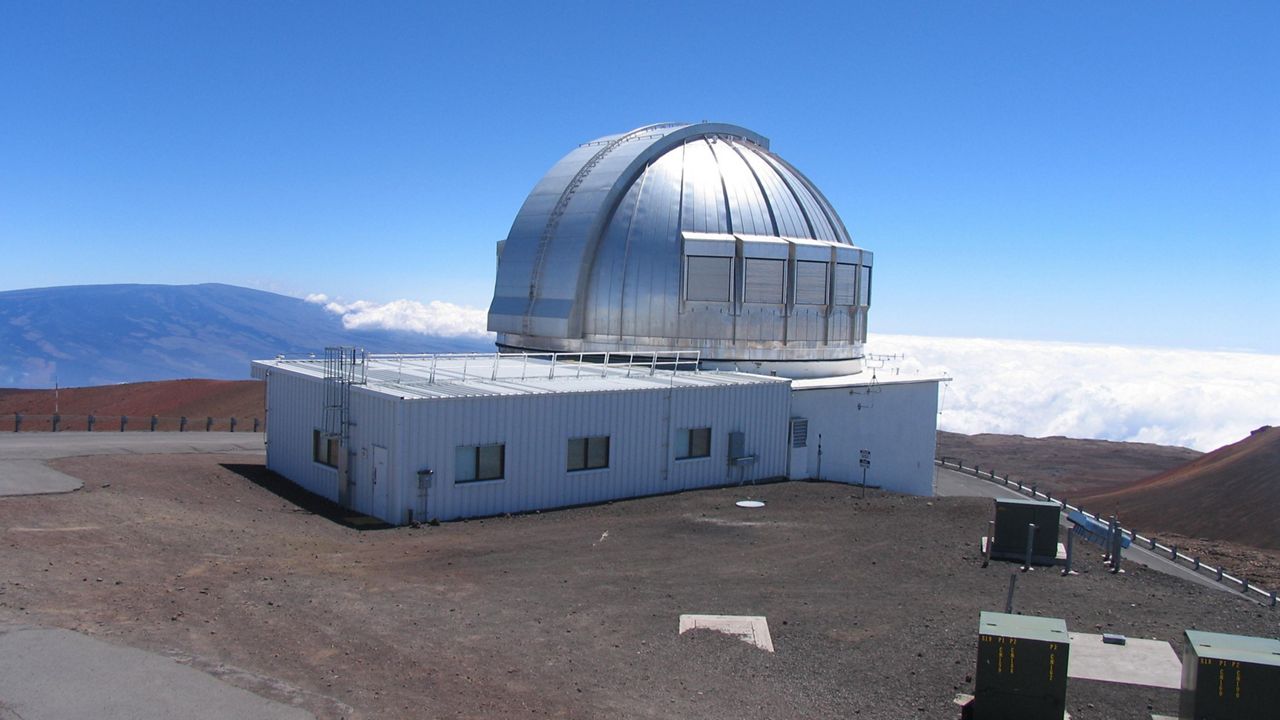HONOLULU — Over 20,000 nautical miles and seven months later, three Saildrone Explorers — autonomous sailing vehicles equipped with scientific sensors — returned at the end of November with an unprecedented amount of water quality measurements.
The project is one of the most comprehensive surveys of near-shore ocean water quality around the main Hawaiian islands that was completed by a team from the University of Hawaii at Manoa, according to a UH news release.
The data is intended to help state leaders make informed decisions on policies to prepare the state for the impact of climate change and protect island coastlines.
“This is the most comprehensive survey of water quality we’ve ever done in the Hawaiian Islands; in fact, probably more than we’ve seen around any of the coastal states in the United States,” said Christopher Sabine in the release. Sabine is UH interim vice provost for research and scholarship and principal investigator for the project.
“It’s a great demonstration of how we can use the latest technology to better understand our environment around us,” he said.
The saildrones set out on April 6 to collect high-resolution surface water quality data around the Hawaiian Islands from Hawaii Island to Niihau. They worked in a zigzag pattern, surveying each island. Maui and Hawaii Island were surveyed twice about six months apart to provide insights into possible seasonal patterns in ocean chemistry. They returned on Nov. 27.
“Given the length and complexity of Hawaii's coastal waters, this type of study would not have been possible a few years ago,” said Sabine. “Technology has opened new opportunities to explore our oceans and understand how they are changing in new and exciting ways.”
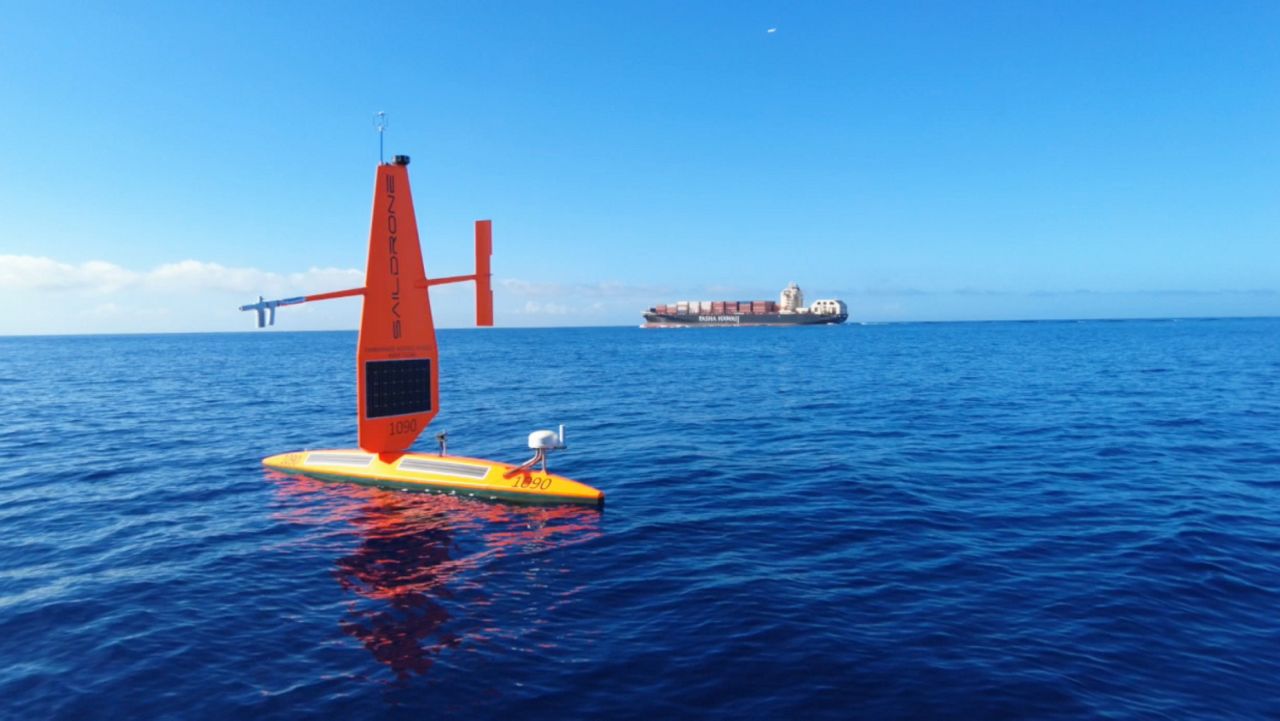
More than 100,000 essential water quality measurements were collected, including temperature, salinity, dissolved oxygen, chlorophyll, turbidity, pH and CO2 levels in both water and air. The data is critical to understanding natural and human-driven patterns of water chemistry and assessing the impact of climate change and ocean acidification on marine resources and ecosystems, including coral reefs.
“This new data covers more area around the state than we've previously had before, which will give us a better understanding of these patterns over our coastline area,” said Amy Markel, UH Manoa oceanography PhD student on the project.
Researchers will now begin to analyze the collected data for a more comprehensive analysis of data quality, according to the release. They anticipate the final data to provide high-quality, valuable insights into water quality patterns associated with each island and across the state at a “never-before-possible resolution.”
“These data will allow us to make informed decisions on how best to manage our resources, rather than relying on imperfect models or outdated notions that the natural environment is in a steady state,” said Sabine.
According to the release, the groundbreaking mission marks a significant step toward fulfilling the objectives outlined in the 2021 State of Hawaii Ocean Acidification Action Plan that stresses the need for increased scientific understanding of ocean acidification so that coastal communities can adapt and build resiliency into the future.
Sarah Yamanaka covers events, environmental and community news for Spectrum News Hawaii. She can be reached at sarah.yamanaka@charter.com.





